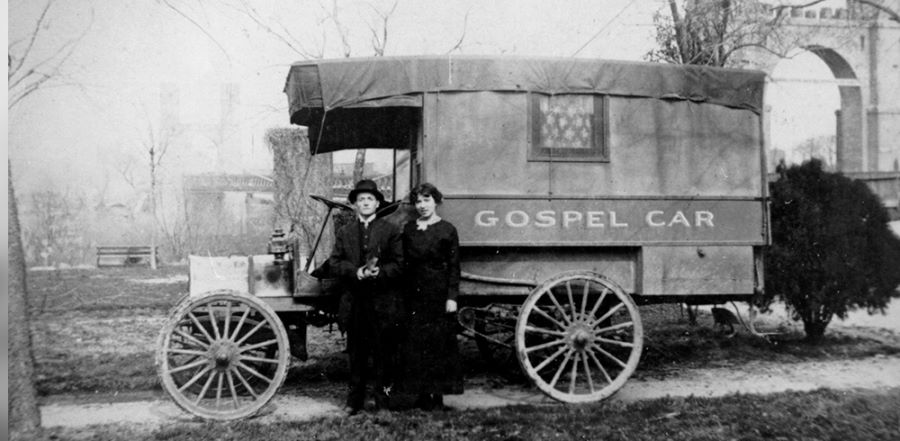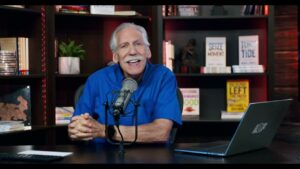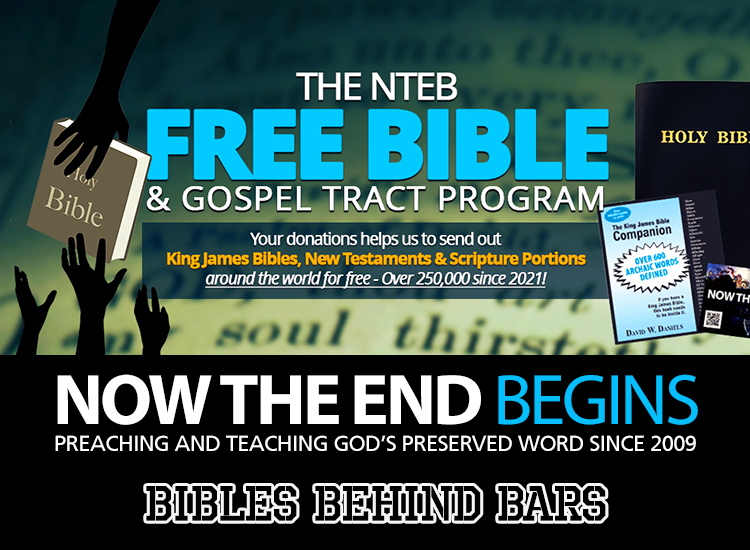Small Beginnings: Early Pentecostal Revivals in Eastern Washington State
This Week in AG History–August 7, 1920 By Ruthie Edgerly ObergOriginally published on AG News, 10 August 2023 The Pentecostal Evangel, an official organ of the Assemblies of God from 1914 to 2014, often published reports of small revival services and … Continue reading

This Week in AG History–August 7, 1920
By Ruthie Edgerly Oberg
Originally published on AG News, 10 August 2023
The Pentecostal Evangel, an official organ of the Assemblies of God from 1914 to 2014, often published reports of small revival services and camp meetings taking place around the country. These reports, like the towns in which they took place, were often easy to overlook. Yet a deep spiritual work was taking place in these meetings that affected lives and communities for more than a century.
One such report was given by traveling evangelist John McConnell in the June 28, 1919, issue when he wrote that he was leaving Ferndale, Washington, for a camp meeting in Harrington, Washington, a small and insignificant village of farmers not too far from Spokane. In November of that same year, McConnell again reported of a second Harrington camp meeting that saw reaching results with many saved and about 35 receiving the baptism in the Holy Spirit with the evidence of speaking in tongues, among them the pastor of a local Methodist church. He ends his report with, “The meeting closed with about 25 still seeking the Baptism. Pray for them.”
In the Aug, 7, 1920, Evangel, McConnell wrote that some of his associates were continuing with the camp meeting revival taking place at Harrington. This revival eventually impacted the breadth of Lincoln County, Washington, and saw the call of God on young lives that eventually filled the pulpits of Pentecostal and Assembly of God churches around the northwest region of the country.
But the revival didn’t have its roots in the McConnell campaigns. The real evangelist of what became known as the Lincoln County revival was a newspaper published by a small church in Los Angeles that was experiencing its own revival.
When the Azusa Street mission began publishing the Apostolic Faith paper in 1906, it was delivered to people hungry for a move of God all over the nation. In March of 1907, the Pittman family of Latah, Washington, was given a copy of this paper. The young daughter, Rose, was asked to read the paper aloud to the family after supper. While reading, Rose’s mother began to pray and repeat, “It’s the Lord.”
For the next few days, the events recorded in the paper were all the family could talk about. When they heard that a certain minister who had experienced the revival was coming to Spokane to conduct cottage prayer meetings, Mr. Pittman and a neighbor, Mr. Born, attended the meetings to see what it was all about. When they returned, Pittman was convinced it was a move of God after seeing Born receive the baptism in the Spirit and noting the working of the Holy Ghost in the meetings.
Mrs. Pittman and her daughters, along with a few others decided to go to Spokane the next Wednesday to attend the prayer meetings. When a neighbor called at the home on Tuesday night, they explained their journey of the next day. Before the neighbor left, Mrs. Pittman asked him to read from Scripture and lead in prayer. He took the Bible, read, and then said, “Let us pray and wait upon God until He does something for us.”
Just a few moments after he finished praying, Mrs. Pittman began to speak in tongues and the entire household was touched by the power of God. Rose, who had been skeptical to this point, prayed, “Lord, take everything, only let me have Jesus.” She also experienced the overwhelming power of the Spirit and began to speak in tongues.
The trip to Spokane was cancelled as they were experiencing their own Pentecost right there in Latah. Neighbors came the following night for a prayer meeting and five more people experienced the baptism in the Spirit in the Pittman home.
The fire soon spread to Edwall, Washington, where R.D. Streyfeller, a minister, was leading home prayer meetings. Some of the Latah group intermingled with the Edwall group and soon a Methodist Sunday School teacher named Ben Hoffman along with the Bursch family began to seek after a move of God in their community of Harrington.
After the devastating effects of the Spanish flu in 1918, it was decided that a camp meeting seeking for an outpouring of God’s blessing on their community was in order. Thus, evangelist John McConnell reported that he was going to Harrington to conduct a camp meeting in July 1919.
The camp was held on the property of the Bursch farm. Conditions were primitive with no running water, except a small stream. Kerosene lanterns provided light as there was no electricity and cooking facilities were a simple open pit. But people came from miles around, some from as far as Canada. The gifts of the Spirit were in evidence and many repented of sin and received Christ as Savior. Two young women held Bible studies for the children in the farmhouse teaching them the truths of Scripture and explaining what was happening to the grown-ups in the tent out in the pasture. McConnell did most of the preaching, although others also participated.
There was much opposition to the revival and a division between neighbors and friends over what was taking place concerned all involved. Yet those who had life transformation could not deny what they saw and experienced. It was finally decided that an indoor facility was needed, and an old schoolhouse was repurposed as a place of worship. Soon so many were coming that a larger building was needed.
People gave sacrificially, including one family who gave the money they had saved to buy their own house, in order that the Harrington revival had a place to continue. They soon began to reach out, assisting other churches in surrounding communities.
The Harrington church officially joined the newly formed Northwest District of the Assemblies of God under the leadership of J.S. Eaton during the period of 1922 to 1924. Growth continued and in 1937 the Harrington church building was dismantled to build a larger building just up Highway 28 in Davenport, where an Assembly of God church still exists today.
Like the 1919 Evangel announcement from McConnell, the small towns of eastern Washington would have been easy to bypass. Yet the Lincoln County Revival, sparked by one family reading testimonies from a single copy of the Apostolic Faith paper, made its way to Edwall, Harrington, Rocklyn, Peach, Wilbur, Coulee City, Hartline, and Davenport, Washington, changing lives and communities. Many of the early ministers and missionaries of the Northwest District of the Assemblies of God can trace their roots to this camp meeting revival.
Read McConnell’s announcement on page 10 of the Aug. 7, 1920, issue of the Pentecostal Evangel.
Also featured in this issue:
• “Questions and Answers,” by E.N. Bell
• “A Tribute to the Young Preachers,” by A.P. Collins
And many more!
Click here to read this issue now.
Pentecostal Evangel archived editions courtesy of the Flower Pentecostal Heritage Center.
Do you have Pentecostal historical materials that should be preserved? Please consider depositing these materials at the Flower Pentecostal Heritage Center (FPHC). The FPHC, located in the Assemblies of God national offices, is the largest Pentecostal archive in the world. We would like to preserve and make your treasures accessible to those who write the history books.
Flower Pentecostal Heritage Center
1445 North Boonville Avenue
Springfield, Missouri 65802 USA
Phone: 417.862.1447 ext. 4400
Toll Free: 877.840.5200
Email: archives@ag.org
Website: www.iFPHC.org




